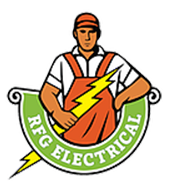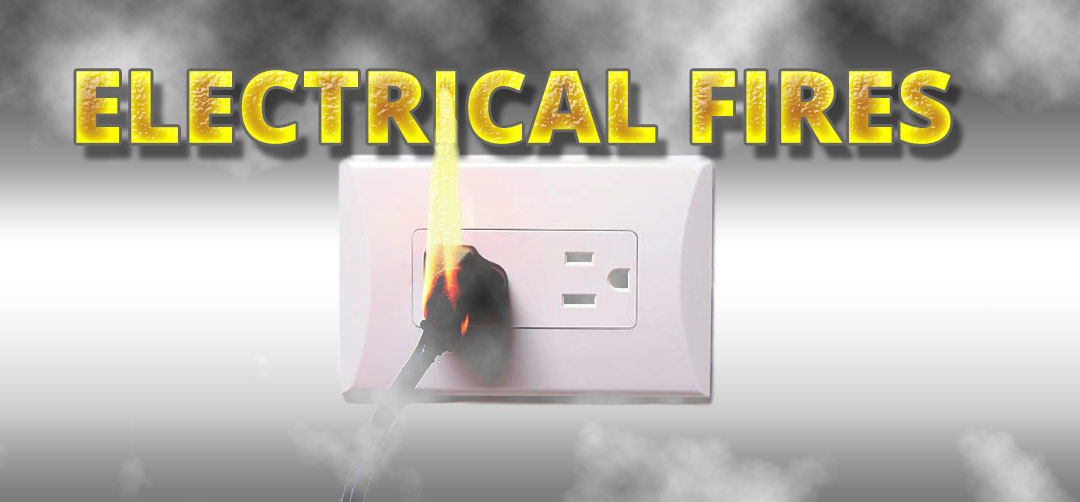We never like to think of the worst case scenario. However, learning how to deal with an emergency might save your property from damage or even save a life. Electrical fires require specific procedures to extinguish. We’ll go through methods of dealing with electrical fires as well as minimizing the risks to your electrical system. Ontario electrical safety report 2019
SAFETY FIRST
First and foremost, Your safety is more important than any objects that you may want to protect. If you feel unsafe or any fire has grown beyond your control you must get away from the danger by following an escape plan. Everyone in the home should know the safest routes to exit the premises prior to any emergency.
EQUIPTMENT
Every home should have proper safety equipment in the event of an emergency.
SMOKE AND CARBON MONOXIDE DETECTORS
It’s essential to have smoke and carbon monoxide detectors installed throughout your home. Alarms are your early warning system and save lives. make sure your detectors have fresh batteries, test the function by pressing the button on the front of the device. Place smoke alarms in areas of risk like the kitchen as well as on every floor in hallways. All smoke detectors should be placed near the ceiling. Carbon monoxide detectors must be installed on every floor as well as near bedrooms and garage door entrances. Combination smoke/carbon monoxide detectors must be placed near the ceiling.
FIRE EXTINGUISHERS
Electrical fires are rated class C. This means the fire also carries an electrical charge. So, conductive materials cannot be used to extinguish them. Water could carry electricity to other areas spreading the fire and increasing the risks to you and your home. Fire extinguishers must have the letter C on them indicating they will extinguish electrical fires safely. In fact, any home extinguisher should have the letters A, B, and C for ordinary combustibles, flammable liquids, and live electrical equipment. The operation of extinguishers can be made easy by remembering the acronym PASS.
| P | Pull the pin. |
| A | Aim the hose or nozzle at the base of the fire. Make sure you’re standing back at the recommended safe distance listed on your extinguisher. |
| S | Squeeze the operating level. This acts as the trigger that’s going to release the fire extinguishing agent. |
| S | Sweep the hose or nozzle from side to side to put the fire out. As the fire starts to go away, you can move in closer. Just be cautious in case the fire reignites. |
BAKING SODA
Baking soda (sodium bicarbonate), that magical kitchen stuff. It can be used as mouthwash, toothpaste, to sooth canker sores, deodorant, and as an air freshener ETC. Added to its long list of uses, baking soda is also an ingredient in class C fire extinguishers and can handle small problems like toaster fires.
FIRE BLANKET
A fire blanket can be placed on a fire starving it of oxygen, there by extinguishing the flame. Although many use the term heavy blanket, its important to note that the material of the blanket can not be a highly flammable material.
PREVENTION
Fire prevention should be your first step in dealing with the risks associated to electrical fires. Avoiding potential risks will lower the likelihood of a fire in your home and ensure your families safety.
UNPLUG UNUSED APPLIANCES
Many people assume that appliances can be left plugged in. In addition to the use of unnecessary electricity, plugged in appliances can over heat causing added risk of fire. Unplug toasters, coffee makers, kettles, and other small appliances that only need to be used for a short time. this will also protect the life of your appliances in the event of a power surge or lightening strike.
KEEP YOUR ELECTRICAL SYSTEM UPDATED
A routine annual inspection can reveal problems in your electrical system that could pose risk of fire. replace bad breakers, switches, and receptacles to ensure no risk of fire is present. Updating your electrical system can also lower your insurance so its a good idea to have inspections yearly. Routine inspection of your appliances power cables is also important, especially for homes with pets. frayed or damaged cords can cause an electrical short potentially causing a fire.
USE EXTENTION CORDS TEMPORARILY
Contrary to popular belief, extension cords are designed for temporary use. Prolonged use can damage some power cords and eventually cause a fire. Unplug and wrap unused extension cords for later use.
Following these steps will help you to avoid the risk of electrical fires and keep you prepared in the instance of a electrical fire emergency. share your knowledge with all the members of your household to ensure a safe and sound home.



Recent Comments